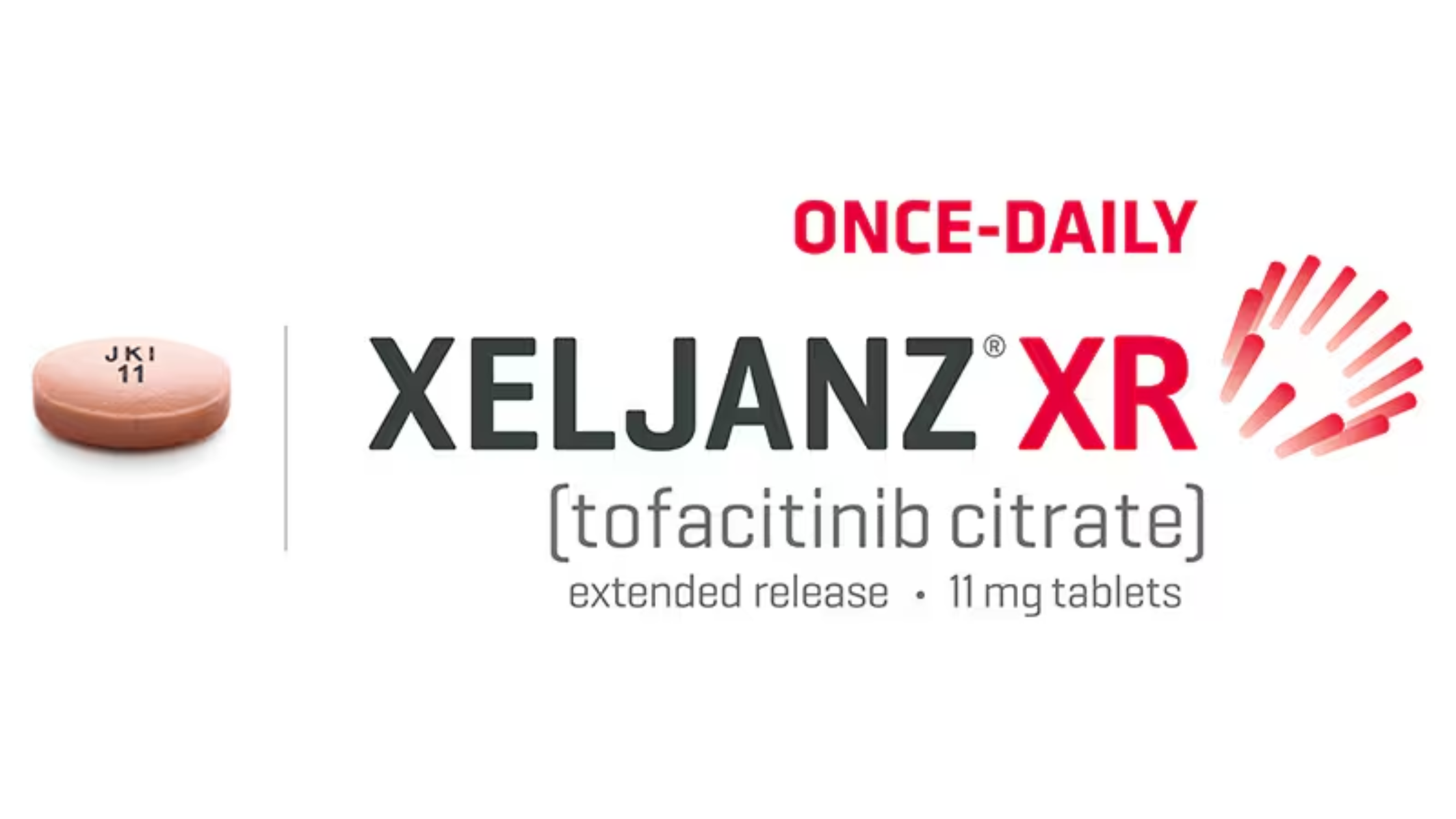Last updated on May 21st, 2025 at 09:03 am
Andexxa is an intravenous medication used to rapidly reverse the effects of Factor Xa inhibitors like apixaban and rivaroxaban in cases of life-threatening or uncontrolled bleeding. It works by acting as a decoy receptor, binding these anticoagulants to restore normal clotting. Andexxa is given by IV bolus and infusion, with dosing based on the specific drug and timing, and carries a risk of thromboembolic events.

In the high-stakes world of emergency medicine, every minute counts when dealing with life-threatening bleeding. Enter Andexxa, a groundbreaking medication that’s revolutionizing how we handle anticoagulation emergencies. As the first FDA-approved antidote specifically designed for factor Xa inhibitors, it represents a crucial advancement in patient safety.
While traditional reversal agents often fall short, Andexxa medication stands out with its ability to rapidly neutralize the effects of popular blood thinners like rivaroxaban and apixaban. This innovative treatment has transformed the management of severe bleeding complications, though its sophisticated mechanism and substantial cost have sparked important discussions in the medical community.
Purpose and Indications of Andexxa
Package Insert – ANDEXXA medication serves as a recombinant modified human factor Xa protein specifically designed for anticoagulation reversal in patients taking rivaroxaban (Xarelto) or apixaban (Eliquis). As the first FDA-approved antidote for factor Xa inhibitors, this medication steps in when patients experience life-threatening or uncontrolled bleeding complications.
The Andexxa medication’s primary applications include treating severe bleeding events such as intracranial hemorrhages and gastrointestinal bleeding. However, Andexxa’s use remains limited to bleeding associated with apixaban and rivaroxaban – it does not work for other factor Xa inhibitors.
Mechanism of Action
Andexxa functions as a decoy protein that attaches to and isolates factor Xa inhibitors like rivaroxaban and apixaban in the bloodstream. When administered, it quickly reduces the plasma concentration of free factor Xa inhibitors, stopping their blood-thinning effects.
The medication also binds to a Tissue Factor Pathway Inhibitor (TFPI), blocking its activity. This TFPI inhibition leads to increased mechanism of action research tissue factor-initiated thrombin generation, contributing to the reversal of anticoagulation effects. Through this dual mechanism, Andexxa provides targeted intervention for patients experiencing severe bleeding while taking specific factor Xa inhibitors.
Dosing Regimens and Administration
The medication follows two main dosing and administration guides based on specific patient factors. The low-dose option starts with a 400 mg IV bolus at 30 mg/min, followed by a 4 mg/min infusion for 120 minutes. For patients requiring higher doses, treatment begins with an 800 mg IV bolus at 30 mg/min, with an 8 mg/min infusion over 120 minutes.
Healthcare providers must reconstitute Andexxa before administration. The total treatment duration spans approximately 2-2.5 hours, including a 15-30 minute initial bolus followed by the prescribed infusion period. The exact dosing depends on three key factors: the type of factor Xa inhibitor taken, the dose amount, and the time since the patient’s last anticoagulant dose.
Efficacy in Reversing Anticoagulation
Clinical studies ANNEXA-A and ANNEXA-R demonstrated Andexxa’s ability to reverse direct oral anticoagulants by more than 90% within 2-5 minutes of administration. The beneficial effects lasted 1-2 hours following either the initial bolus or completion of the continuous infusion.
The ANNEXA-4 trial further showed that 82% of patients achieved good or excellent hemostasis at the 12-hour mark. These results indicate a rapid onset of action, with anti-factor Xa levels dropping substantially within minutes after starting treatment. After the infusion ends, anti-factor Xa activity returns to baseline levels in approximately 2 hours.
Andexxa Side Effects and Safety Profile
Andexxa’s most frequent side effects include urinary tract infections and pneumonia. The medication carries a black box warning due to serious risks: thromboembolic events, ischemic complications, cardiac arrest, and sudden deaths. Clinical data shows thromboembolic events occurred in 10% of patients within 30 days of administration.
The FDA granted accelerated approval for Andexxa, with continued approval dependent on additional clinical studies. Less than 0.1% of patients experienced side effects and reactions during treatment. The safety profile requires careful monitoring, particularly in patients with recent thrombotic events or those at high risk for blood clots.
Comparison to Other Anticoagulant Reversal Agents
Andexxa targets factor Xa inhibitors specifically, while idarucizumab (Praxbind) works exclusively for dabigatran reversal. Their administration methods differ: Andexxa requires a bolus plus continuous infusion, whereas Praxbind administration occurs through two IV pushes.
The dosing complexity of Andexxa stands out, requiring careful calculation based on the anticoagulant type, dose, and timing of the last intake. Prothrombin complex concentrates (PCCs) offer a broader application across factor Xa inhibitors but lack specificity as reversal agents.
Cost remains a significant factor – Andexxa treatment ranges from $25,000 to $50,000 per dose, substantially higher than both idarucizumab and PCCs. This price point affects hospital stocking decisions and treatment accessibility.
Clinical Studies Supporting Andexxa’s Use
Two Phase 3 trials, ANNEXA-A and ANNEXA-R, tested Andexxa in healthy individuals taking apixaban or rivaroxaban. These studies confirmed rapid anticoagulation reversal in models with >90% reduction in anti-factor Xa activity within minutes of administration.
The ANNEXA-4 trial examined patients with acute major bleeding, showing 82% achieved successful hemostasis at 12 hours post-treatment. The study reinforced the medication’s effectiveness in real-world clinical scenarios.
Current research focuses on Andexxa use in patients requiring urgent surgery. Additional studies analyze extended safety data and clinical outcomes. The FDA continues monitoring post-market data to support the medication’s accelerated approval status.
Patient Selection Criteria
Andexxa treatment targets patients taking rivaroxaban or apixaban who experience life-threatening or uncontrolled bleeding. Medical teams assess specific bleeding locations, with particular attention to intracranial hemorrhages, gastrointestinal bleeds, and critical site bleeding events.
The medication isn’t approved for patients who have received Package Insert guidelines for prothrombin complex concentrates, factor VIIa, or blood products within seven days. Additionally, Andexxa lacks approval for patients needing urgent surgery.
Healthcare providers must review each patient’s complete medical history, focusing on recent thrombotic events and bleeding risk factors, before initiating treatment.
Monitoring Requirements During and After Administration
Medical teams track patients for signs of thromboembolic events and ischemia throughout Andexxa treatment. Package Insert guidelines serve as the primary method to confirm the reversal effect, with levels typically returning to baseline approximately 2 hours after infusion completion.
The monitoring window extends 1-2 hours post-administration when the medication’s effects on anti-factor Xa levels remain active. Healthcare providers maintain vigilant observation for cardiac complications, including sudden changes in heart rhythm or blood pressure. This structured monitoring approach allows for quick identification and management of potential complications while confirming treatment effectiveness.
Potential Risks and Contraindications
Andexxa treatment carries substantial risks, including arterial and venous thromboembolic events, myocardial infarction, and stroke. Clinical data shows patients may experience cardiac arrest or sudden death during administration. These complications require careful consideration before starting treatment.
The medication lacks safety data for patients with recent thrombotic events. Medical teams should exercise caution when treating individuals with high thrombosis risk factors. Healthcare providers implement specific protocols to identify at-risk patients and monitor for complications throughout treatment.
The Package Insert guidelines highlight the need for thorough patient screening and ongoing clinical assessment during administration.
Restarting Anticoagulation After Andexxa Use
Medical professionals face a complex decision when determining the optimal timing to resume blood thinners following Package Insert – ANDEXXA administration. While no standardized guidelines exist, practitioners typically wait 12-24 hours after treatment before reintroducing factor Xa inhibitors.
The decision incorporates patient-specific factors like bleeding location, clotting risk, and overall medical status. Healthcare teams weigh the immediate risk of continued bleeding against potential thromboembolic complications from delayed anticoagulation.
Prior to restarting therapy, physicians document bleeding resolution and discuss risk factors with patients. Once anticoagulation resumes, frequent monitoring helps identify any complications early.
Cost Considerations and Insurance Coverage
Andexxa treatment costs between $25,000 and $50,000 per dose, making it substantially more expensive than alternative reversal agents. This high price point affects hospital decisions about stocking the medication, with many facilities maintaining limited supplies.
Insurance coverage varies by provider and plan type. Many insurance companies require prior authorization before approving Andexxa administration. Some hospitals have established specific protocols for emergency approval to prevent treatment delays.
The medication’s cost-benefit ratio remains under evaluation, particularly when comparing outcomes to less expensive alternatives like prothrombin complex concentrates. Some facilities offer patient assistance programs to help manage out-of-pocket expenses.
Healthcare Provider Considerations for Prescribing
Medical teams must carefully assess the risk-benefit ratio when prescribing Package Insert – ANDEXXA, considering the high treatment costs and potential thromboembolic complications. Hospital protocols should outline specific patient selection criteria and administration procedures to support optimal outcomes.
Proper dosing calculations require attention to three factors: the patient’s factor Xa inhibitor type, dosage amount, and timing of the last dose. Healthcare providers should verify medication availability and insurance coverage before initiating treatment.
Clinical teams need clear documentation procedures and communication channels to coordinate rapid treatment decisions. Regular staff training on Andexxa administration protocols helps maintain treatment readiness and patient safety standards.
Future Research and Ongoing Studies
Current clinical trials focus on Andexxa’s effectiveness during urgent surgical procedures, representing a potential expansion beyond its current emergency bleeding indications. An additional mechanism of action research examines new applications for other factor Xa inhibitors beyond apixaban and rivaroxaban.
Long-term safety studies track patient outcomes over extended periods, gathering data on thromboembolic events and mortality rates. Research teams analyze cost-effectiveness compared to traditional reversal methods like prothrombin complex concentrates.
These investigations may change clinical protocols, particularly regarding optimal timing for restarting anticoagulation and identifying patients who benefit most from treatment.
Andexxa represents a significant milestone in emergency medicine, offering a targeted solution for life-threatening bleeding in patients taking specific factor Xa inhibitors. Its rapid onset and high efficacy rate have made it an invaluable tool in critical care settings, despite challenges related to cost and administration complexity.
Looking ahead, ongoing research continues to explore new applications and refine treatment protocols, while healthcare systems work to balance clinical benefits with economic considerations. As our understanding of this medication evolves, Andexxa remains a crucial asset in the emergency physician’s arsenal for managing anticoagulation crises. For more health insights, visit Medical Antidote.



